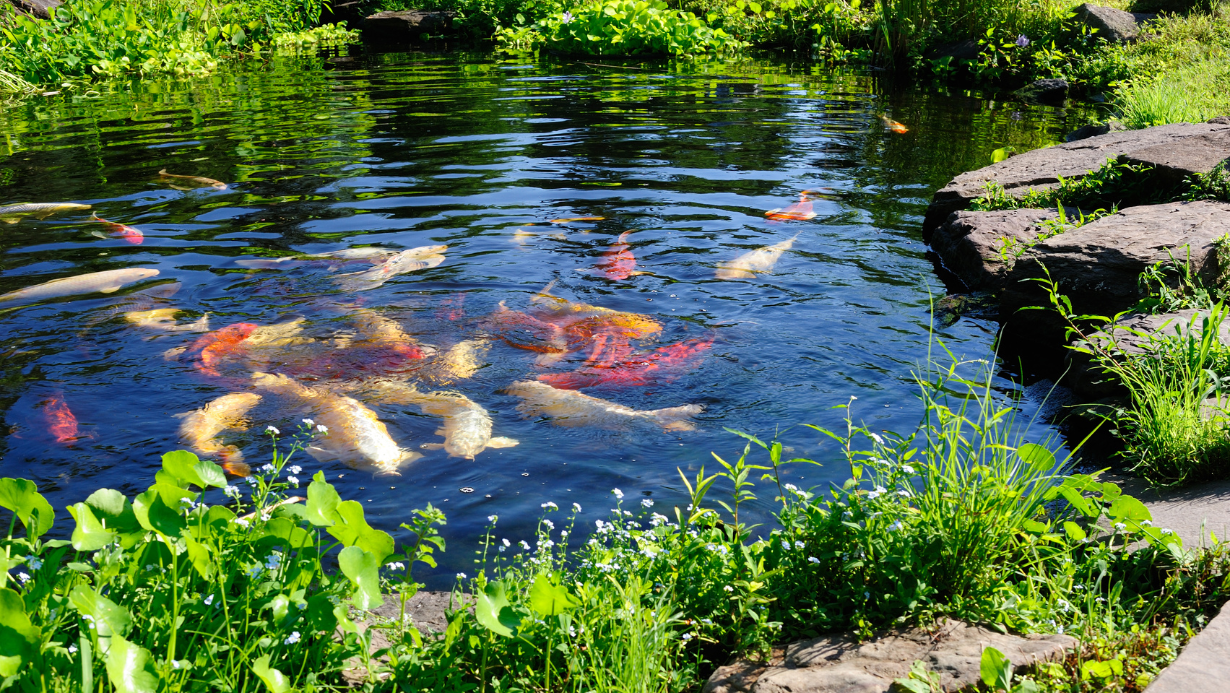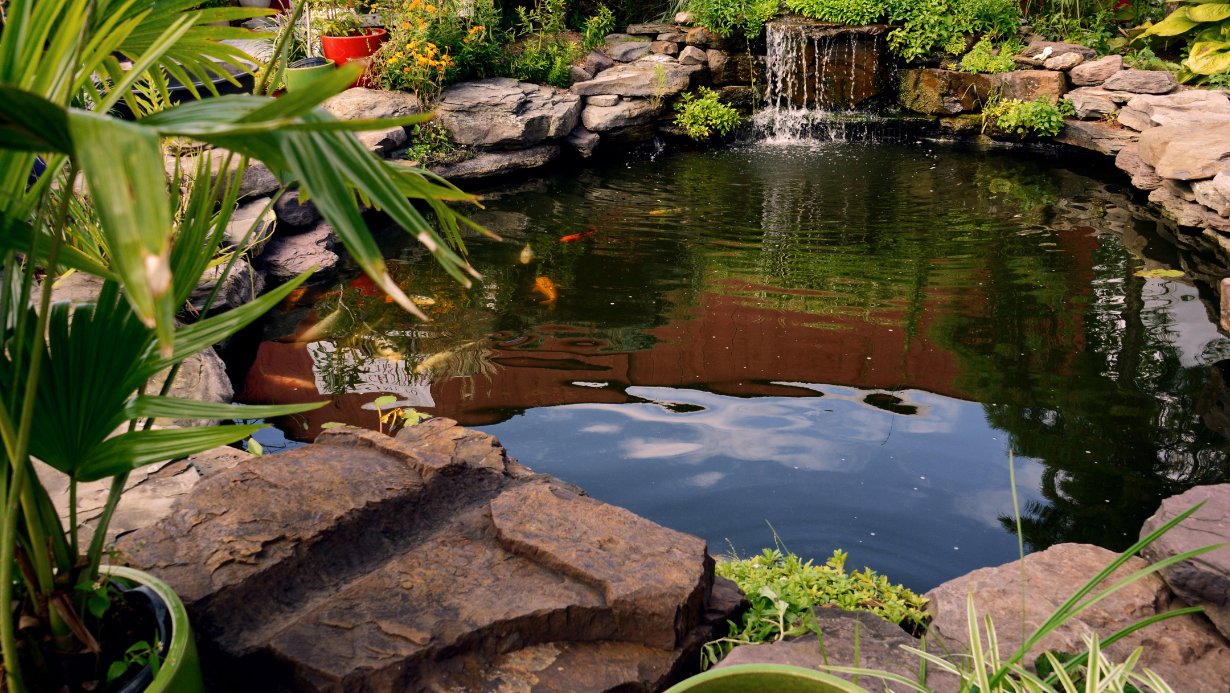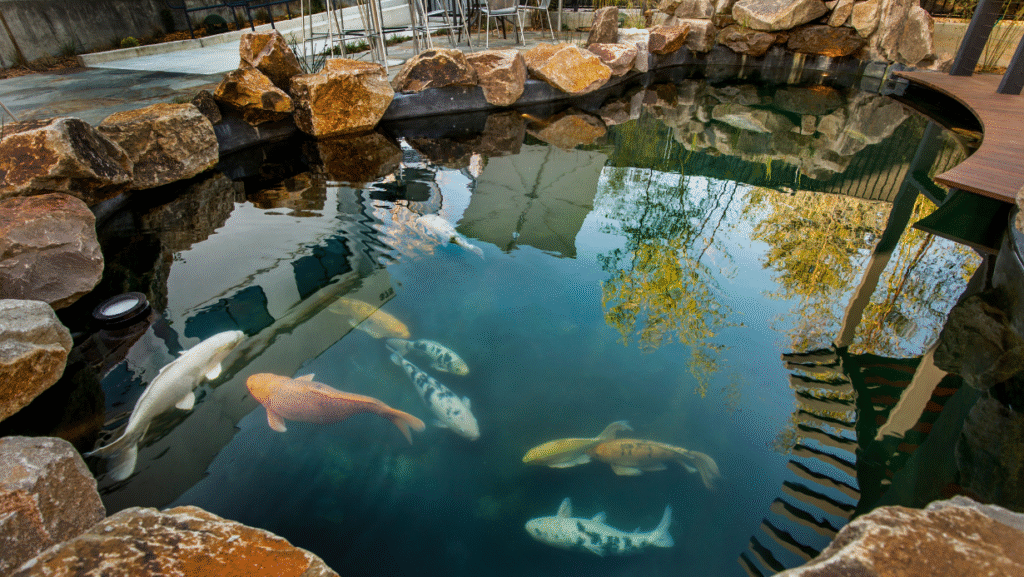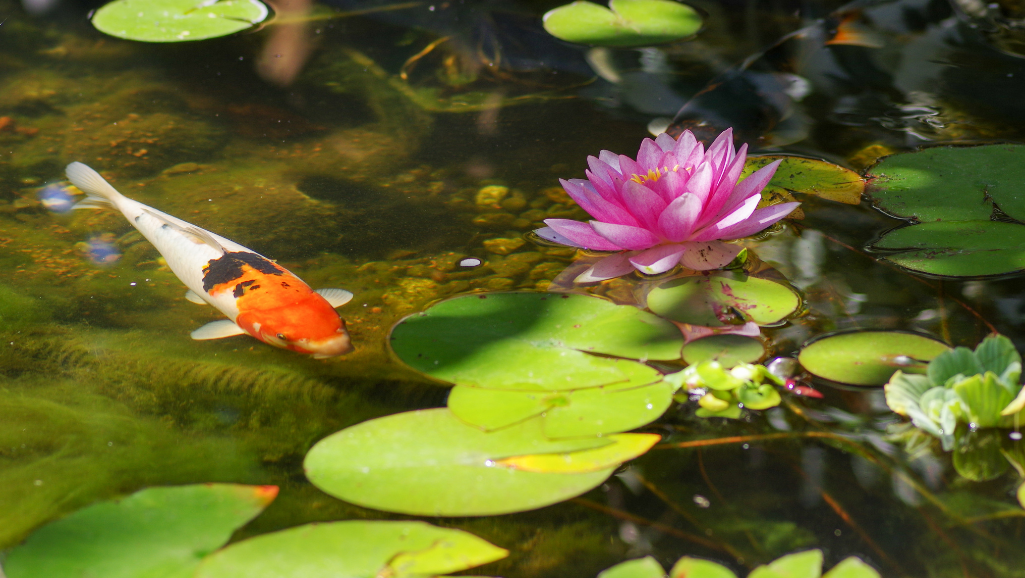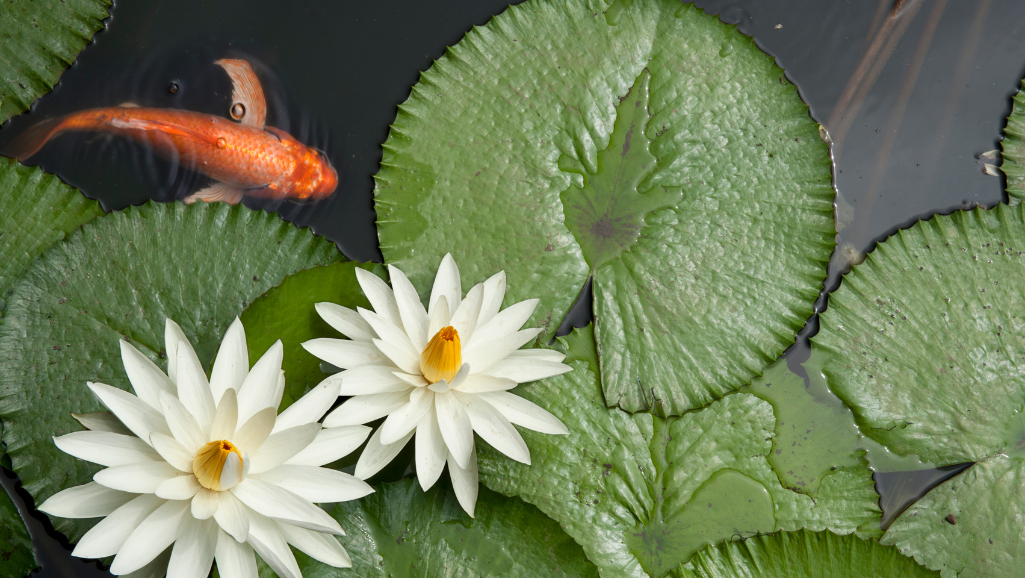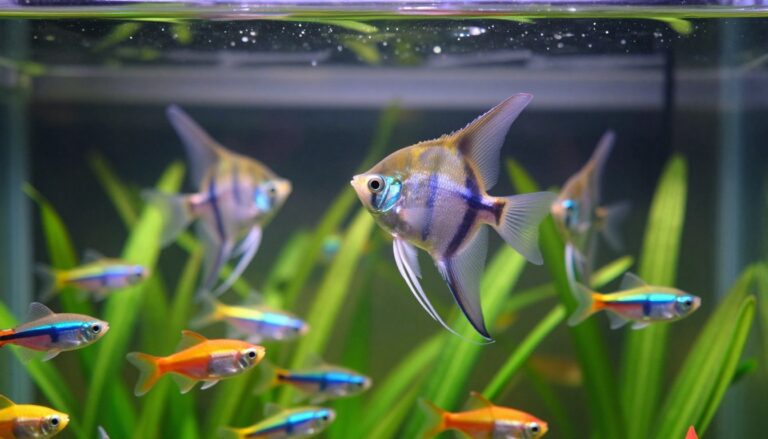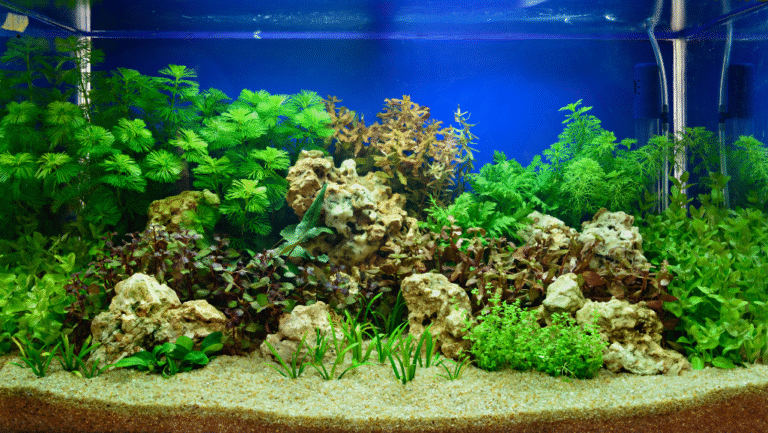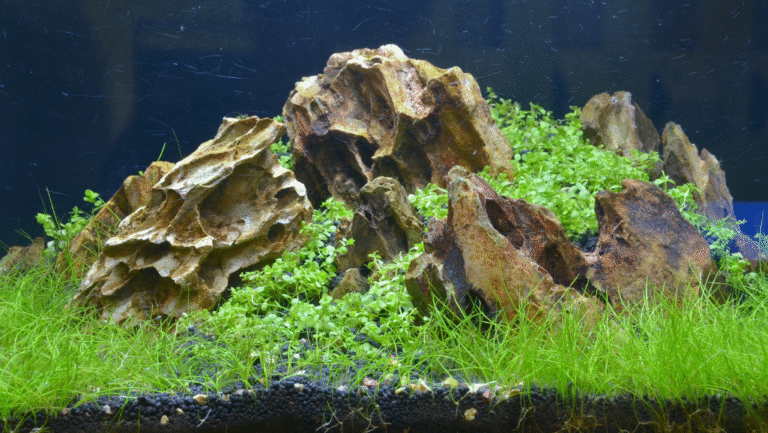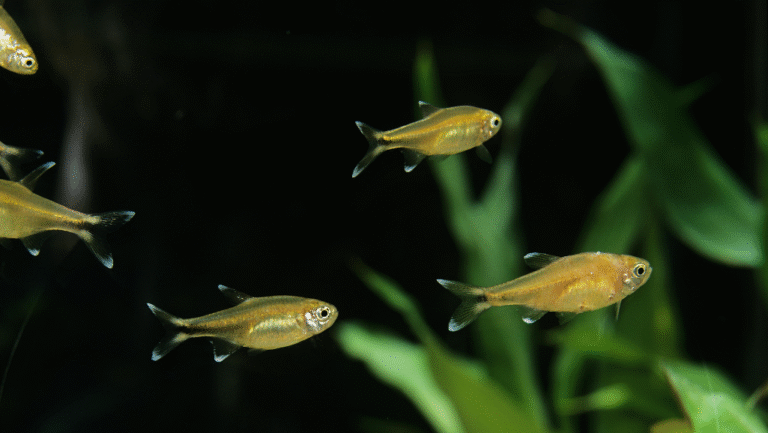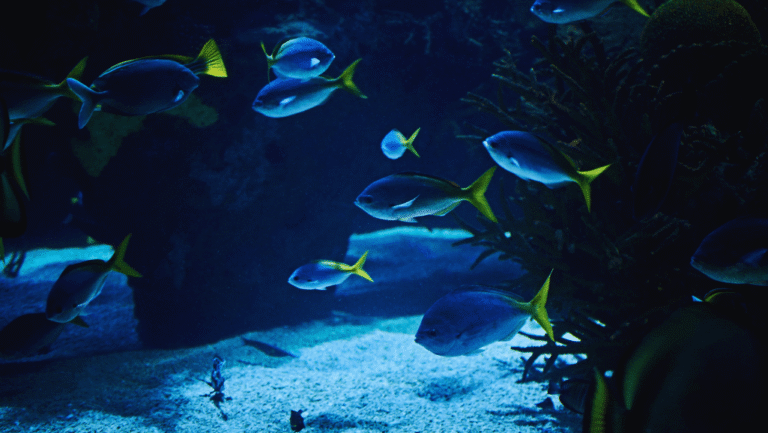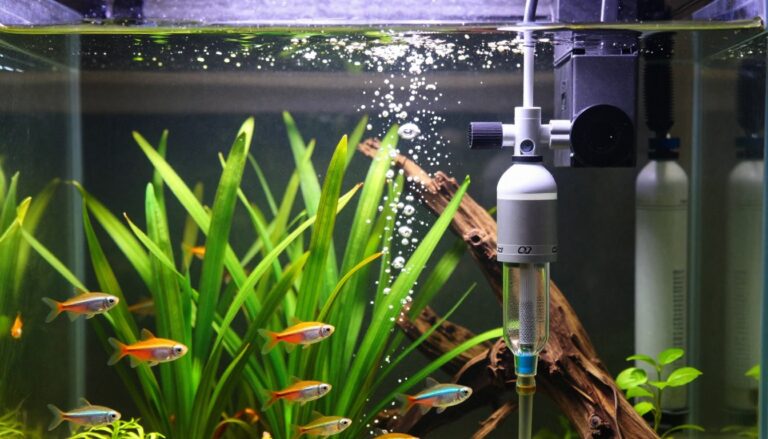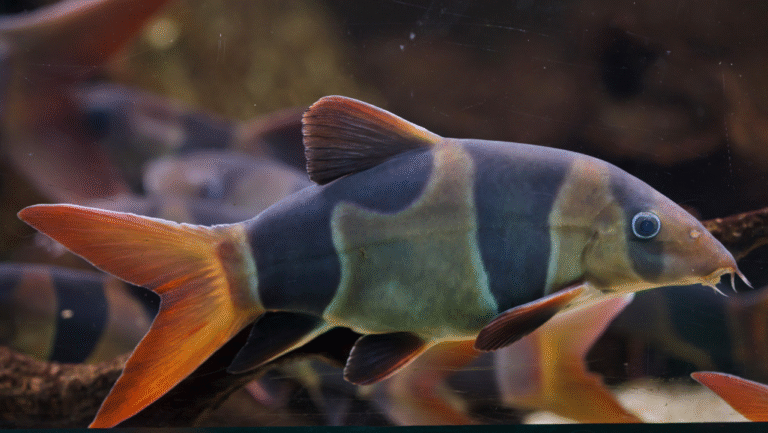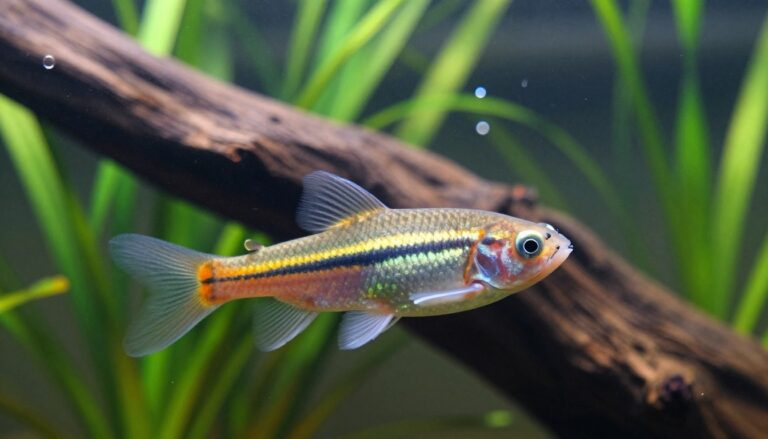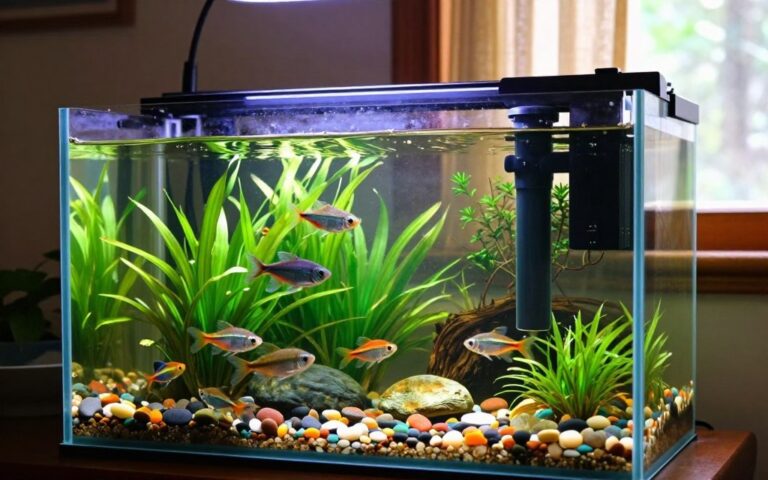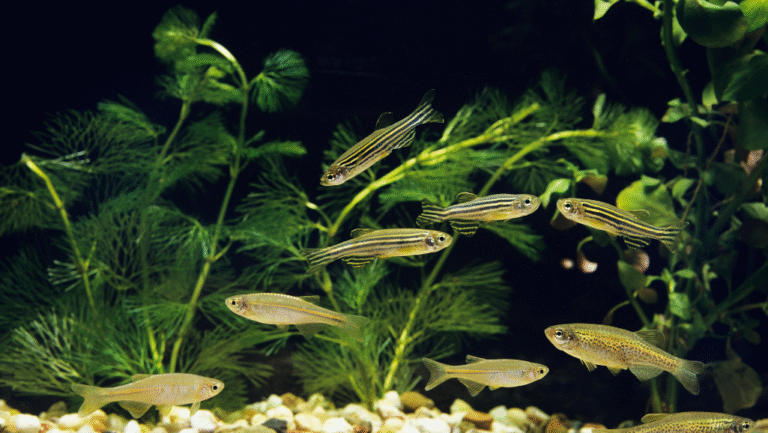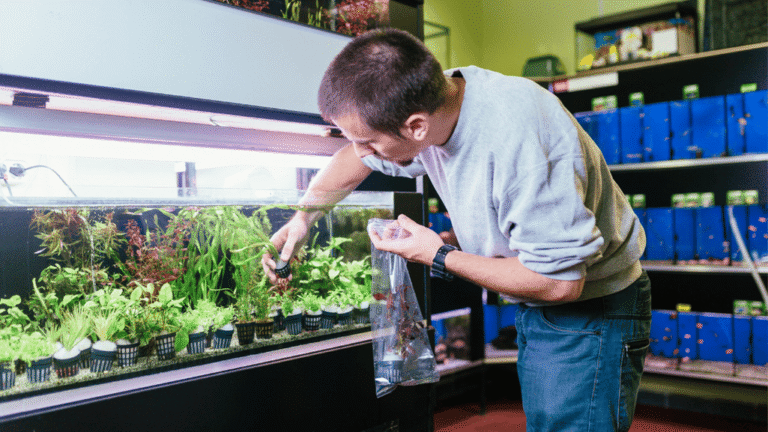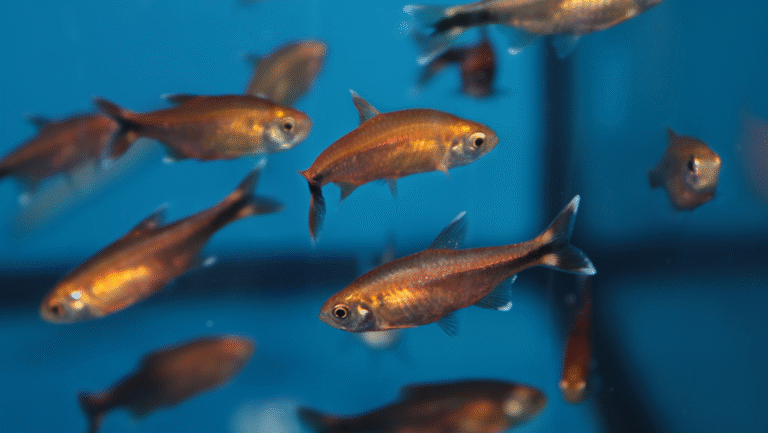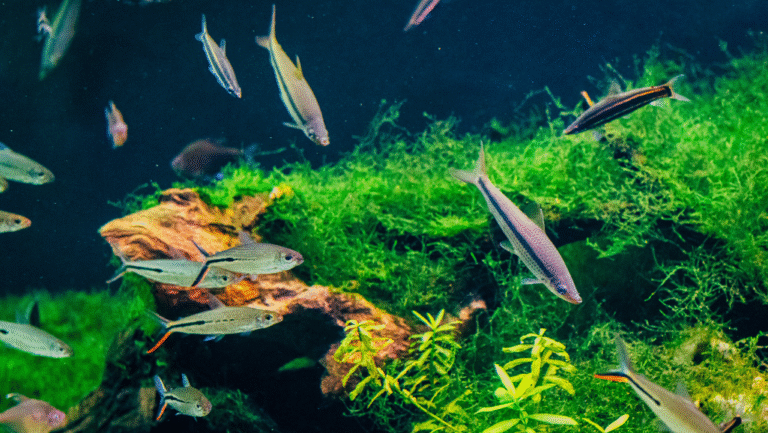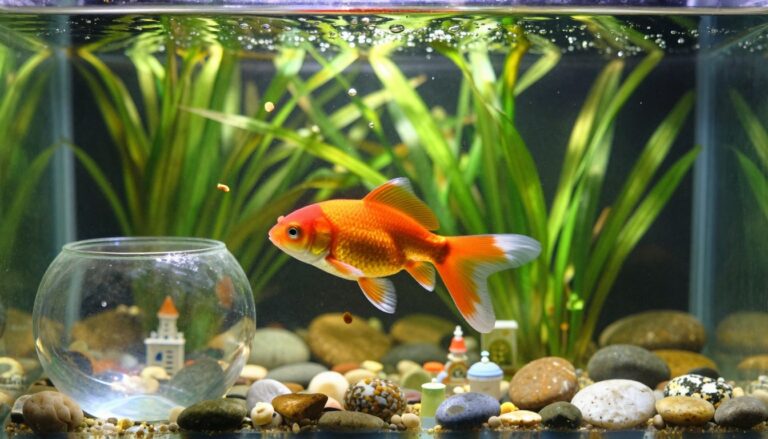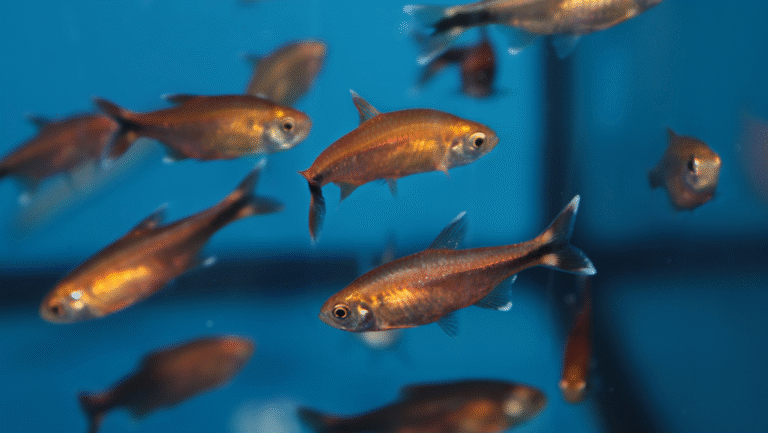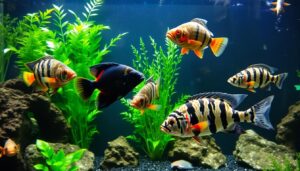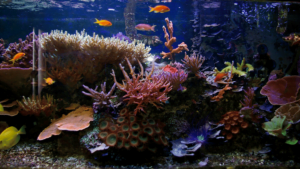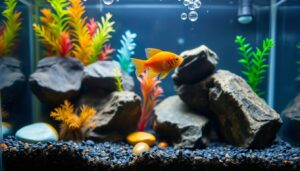Maintaining a clean and healthy aquatic environment is essential for the well-being of your pond. A reliable filtration system plays a critical role in achieving this goal. Whether you choose a commercial option or a DIY solution, the right setup ensures crystal clear water and a safe habitat for fish and plants.
Commercial systems, like Aquascape’s waterfall and skimmer setups, offer advanced mechanical and biological filtration. These systems are designed to remove debris, pollutants, and harmful bacteria, keeping your pond clean and balanced. For those who prefer a natural approach, bog filters are an excellent low-maintenance alternative. They mimic natural processes, supporting plant growth and improving water clarity.
Effective filtration also helps manage the pond filter, converting harmful ammonia into nitrates that plants can absorb. This process reduces algae growth and maintains a healthy ecosystem. Whether you’re looking for a high-tech solution or a cost-effective DIY project, the right filtration system can make all the difference.
Key Takeaways
- Filtration systems are essential for maintaining clean and healthy water.
- Commercial options provide advanced mechanical and biological filtration.
- Bog filters are natural, low-maintenance alternatives that support plant growth.
- Proper filtration helps manage the nitrogen cycle and reduces algae growth.
- Choosing the right system ensures year-round clarity and fish safety.
Why a Pond Filter Is Essential for Healthy Water
Clean water is the foundation of a thriving aquatic environment. Without proper filtration, harmful substances like ammonia from fish waste can quickly become toxic, endangering aquatic life. A well-designed system ensures crystal clear water and a balanced ecosystem.
How Filtration Combats Algae and Fish Waste
Ammonia, a byproduct of fish waste, is toxic at concentrations as low as 0.02 ppm. Beneficial bacteria in the filter convert ammonia into nitrites and then into nitrates, which are less harmful. This process, known as the nitrogen cycle, is vital for maintaining water quality.
Mechanical filtration captures solid debris, preventing it from decomposing and releasing harmful compounds. Biological filtration, on the other hand, relies on bacteria to break down dissolved toxins. Together, these methods keep pond water clean and safe.
The Role of Filtration in Maintaining Crystal Clear Water
Algae blooms can double in biomass every 48 hours under ideal conditions, leading to murky water and reduced oxygen levels. Proper filtration systems manage nutrient levels, preventing excessive algae growth. For example, systems like the Evolution Aqua Eazypod maintain clarity with minimal manual intervention.
Additionally, the surface area provided by rocks and gravel supports bacterial growth, enhancing filtration efficiency. This natural process, combined with mechanical and biological methods, ensures year-round water clarity and a healthy habitat for fish and plants.
DIY Pond Filter: Build a Natural Bog Filter
A DIY bog filter is an eco-friendly way to maintain water clarity and balance. By using natural materials and plants, you can create a system that mimics nature’s filtration process. This method is cost-effective and perfect for small or large aquatic spaces.
Materials Needed for a DIY Bog Filter
To build a natural bog filter, you’ll need a few key materials. Start with a UV-stabilized container or barrel. Use 25mm PVC pipes for water flow and bulkhead fittings to connect components. Scoria rock is ideal for its high surface area, which supports beneficial bacteria. Add pea gravel to cover the pipes and support plant roots.
Step-by-Step Guide for Small Ponds (Container-Based)
For small systems, aim for a container-to-pond volume ratio of 10%. Begin by drilling holes in the container for pipes. Place the PVC pipe at the bottom and cover it with scoria rock and pea gravel. This setup ensures proper water flow and removes solids effectively. Finally, add plants like Louisiana iris and watercress to enhance filtration.
Scaling Up: DIY Filters for Large Ponds and Koi
For larger setups, increase the filter area to 30% of the pond volume. Use materials like AquaBlox or milk crates to create void spaces. Layer rocks and gravel to maximize surface area for bacterial growth. Ensure the system includes an overflow pipe larger than the inflow pipe to prevent pressure issues.
Best Plants to Enhance Filtration and Reduce Nitrates
Plants play a crucial role in natural filtration. Species like pickerelweed, watercress, and Louisiana iris thrive in wet conditions and absorb nitrates. Arrange them in 12-18 inches of gravel for optimal root filtration. These plants not only improve water quality but also add aesthetic value to your aquatic space.
For more detailed instructions, check out this guide on how to build a bog filter.
How Bog Filters Work: The Science Behind the System
Understanding the science behind bog filters can help you optimize water quality naturally. These systems rely on a combination of biological processes and strategic design to keep water clean and balanced.
The Nitrogen Cycle and Beneficial Bacteria
At the heart of a bog filter is the nitrogen cycle. This process begins when ammonia, a byproduct of fish waste, is converted into nitrites by Nitrosomonas bacteria. These nitrites are then transformed into nitrates by another group of bacteria, Nitrobacter. Plants in the bog absorb these nitrates, completing the cycle.
This natural process ensures that harmful substances are removed from the water, creating a safer environment for aquatic life. For example, Nitrosomonas bacteria can convert ammonia at a rate of 0.13mg per hour per gram of media. This efficiency is crucial for maintaining water quality.
Slowing Water Flow for Optimal Filtration
Proper water flow is essential for effective filtration. The ideal rate is about 1 gallon per hour per square foot of bog surface. Slowing the flow allows water to spend more time in contact with the gravel and bacteria, enhancing the filtration process.
Materials like lava rock or bioballs provide a high surface area for bacterial growth. This increases the system’s efficiency in breaking down toxins. Additionally, maintaining the right flow rate ensures that nutrients are evenly distributed, preventing algae blooms.
- Ammonia is converted to nitrite and then to nitrate through the nitrogen cycle.
- Optimal flow rates ensure water spends enough time in the filter for effective nutrient conversion.
- Materials like lava rock and bioballs maximize surface area for bacterial growth.
- Regular water testing helps monitor ammonia and nitrate levels.
For more tips on managing ammonia levels, check out this guide on beneficial bacteria.
Top Commercial Pond Filter Systems
Commercial filtration systems offer advanced solutions for maintaining water clarity and ecosystem balance. These systems are designed to handle large volumes, ensuring your aquatic space remains clean and safe for fish. Whether you’re dealing with algae blooms or managing fish waste, a reliable setup can make all the difference.
All-in-one filters with UV clarifiers
All-in-one systems combine mechanical, biological, and UV filtration for maximum efficiency. For example, Aquascape’s All-in-One model handles up to 5,000 gallons and includes a 9W UV clarifier. This feature targets single-cell algae, preventing green water and enhancing clarity.
UV clarifiers are particularly effective against floating algae, which can double in biomass every 48 hours. By disrupting algae cells, these systems ensure your water remains crystal clear. Additionally, compact designs make them ideal for small aquatic spaces or water features.
Comparing brands: Aquascape, TetraPond, and Atlantic
When choosing a commercial system, it’s essential to compare brands based on capacity, maintenance needs, and warranty terms. Here’s a quick overview of three top options:
- Aquascape All-in-One: Handles 5,000 gallons, includes a 9W UV clarifier, and offers a 2-year warranty.
- TetraPond Pressure Filter 4000: Features 4-stage filtration for up to 4,000 gallons and is compatible with most water pumps.
- Atlantic Water Gardens: Known for bead filters that provide superior filtration down to 5-10 microns, reducing maintenance needs.
Flow rate compatibility is another critical factor. Ensure your system matches your pump’s output for optimal performance. For personalized recommendations, contact our experts at 866-766-3435.
Cost-per-gallon analysis shows that commercial systems, while initially more expensive, offer long-term savings through reduced maintenance and improved efficiency. Whether you’re managing a small aquatic space or a large koi pond, investing in the right system ensures year-round clarity and fish safety.
Maintaining Your Pond Filter for Long-Term Success
Keeping your aquatic system in top shape requires consistent care and attention. Regular upkeep ensures water remains clean clear and balanced, supporting a healthy ecosystem. By following a structured maintenance plan, you can prevent issues like clogs and pump failures, extending the life of your setup for years.
Cleaning Schedules and Solids Removal
Quarterly cleaning prevents 87% of pump failures by removing debris and maintaining beneficial bacteria colonies. For mechanical systems, rinse filter media with a strong water stream to eliminate solids. Container-based setups benefit from backflush valves, which simplify the cleaning process.
Here’s a monthly maintenance checklist to keep your system running smoothly:
- Inspect and clean mechanical media (15-20 minutes).
- Check pump performance and clear any blockages (10 minutes).
- Remove visible debris from rocks and gravel (30 minutes).
Seasonal Care Tips for Year-Round Clarity
Seasonal changes require specific adjustments to maintain water quality. In autumn, install netting to trap falling leaves and add bacterial boosters to support the ecosystem. Winterizing involves using bacterial additives when temperatures drop below 50°F to ensure efficient filtration.
During summer, prevent algae blooms by adding barley straw bundles. These natural solutions break down slowly, releasing compounds that inhibit algae growth. A case study of a 7-year-old bog filter showed consistent performance with proper seasonal care, proving the value of routine maintenance.
Conclusion
Creating a thriving aquatic environment requires a balance of solids removal, flow control, biofiltration, and the right plants. While commercial systems offer advanced features, DIY solutions can be equally effective and cost-efficient. Combining both approaches ensures long-term success and healthier water.
Initial costs for high-end systems may seem steep, but they often lead to savings over the years by reducing maintenance needs. Regular care, like cleaning and monitoring beneficial bacteria, keeps your system running smoothly. For those starting out, a downloadable construction PDF can guide you through the process.
Join our email list to access maintenance templates and expert tips. Whether you’re managing a small setup or a large aquatic space, the right strategy ensures clarity and balance. Explore more on aquarium filtration for additional insights.
